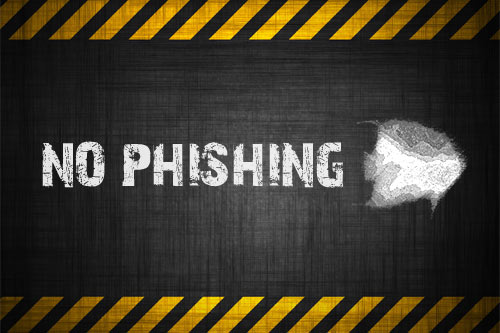A Common TacticAll too often I receive forwarded emails from worried agents who suspect their email accounts have been 'hacked' when in reality they have been a target of a phishing or spear-phishing attack. Phishing is the practice of sending emails that appear to be from reputable companies or contacts in an effort to obtain personal information from the recipient; passwords, credit cards or the like. Spear-Phishing takes it up a notch, in which the emails appear to be from a known or trusted sender and thus lower the guard of their target individuals in hopes that they reveal confidential information. In either case, the target had not been 'hacked' but unknowingly volunteered the sensitive information or passwords to the Phisher. Often times falling victim to a Phishing attempt in which they attacker successfully obtained your email password will allow the Phisher to them use your account to conduct Spear-Phishing on other users. Real Estate agents are perfect targets with their personal information listed online and a desire to quickly respond to leads. With Phishing on the rise, how can you protect yourself? Use Common SenseThat all-cash 1.5 million dollar buyer looking to write a offer that same day and who provided a link to their itemized list of criteria with no phone number or reference to a property... you guessed it - is probably fake. If it feels to good to be true it likely is. Your gut feeling is usually right when something feels off, trust that and proceed with caution. You know who you've been doing business with, who's previewed your property, what your contacts typically sound like when they correspond with you, what the 'norm' is for inquiries from clients... TRUST YOUR GUT! Best Practices
For more information on how to recognize and avoid phishing attacks check out this info-graphic. Comments are closed.
|
AuthorKWWVC Staff Archives
January 2019
Categories |
Each office independently owned and operated. Copyright © 2018 CALBRE#01859199


 RSS Feed
RSS Feed